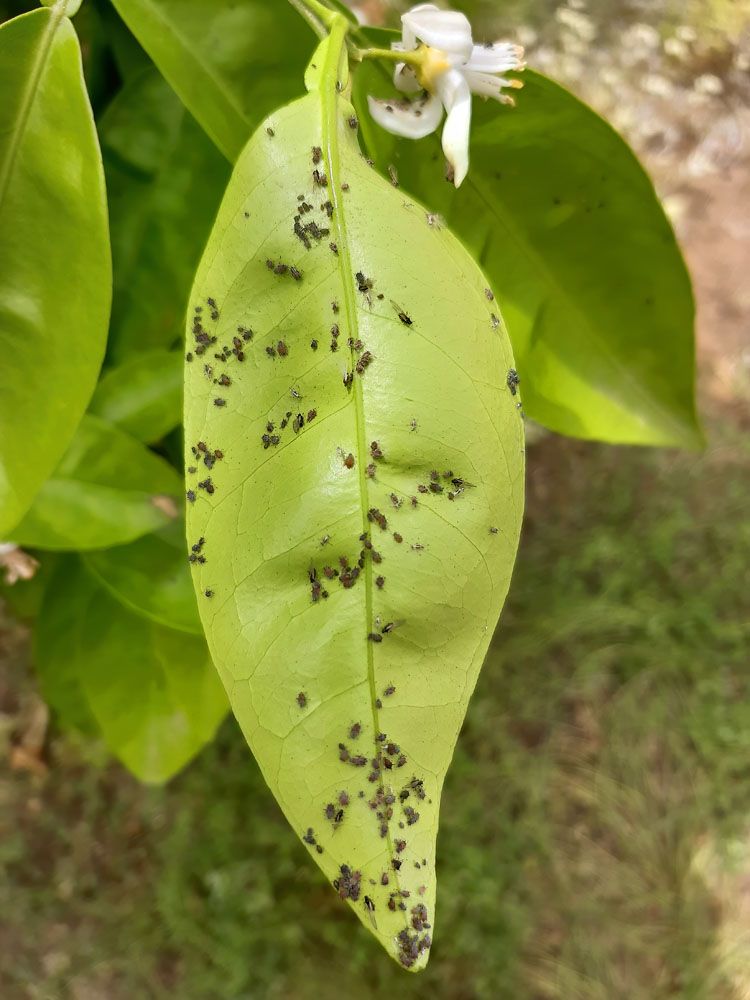
Citrus Blackfly – Aleurocanths woglumi
Citrus Blackfly: Appearance, Territory, Damage and Life Cycle
Latin Name: Aleurocanths Woglumi
Appearance: The citrus blackfly is a major Asian citrus pest. Adult Aleurocanths woglumi have slate blue wings with a white stripe across the middle. The antennae and legs are white, while the head and abdomen are brilliant red. Actually, a whitefly species, but nicknamed a “blackfly” because of its body color.
Hosts Plants: The citrus blackfly may be found on over 300 host plant species, although citrus trees including lemon, orange, and pomelo are the most severely affected. Non-citrus trees and shrubs are not generally affected by this bug when grown alone, although they may be if grown near citrus infestations. Mango, avocado, and surinam cherry trees have all hosted colonies in Hawaii.
Territory: It began in Asia but has now spread around the world. Sikkim, India, Sri Lanka, Philippines, Jamaica, Cuba and Bahamas.
Damage Insect Cause:
- Blackfly honeydew coats the exterior of fruits and plants and stimulates the formation of sooty mold fungus, which limits photosynthesis, and weakens the plant.
- Pierces the leaves, removing nutrients and weakening the plant.
- It prefers young leaves in the lower canopy.
Life History and Habits: Females deposit yellowish-brown eggs in a spiral pattern on the underside of leaves after mating. Eggs hatch into tiny “crawlers” with antennae and six short legs. Their bodies are flattened and oval in appearance, with red eye patches and two long spines on their backs. When the crawler stage reaches the leaf surface, it molts into a non-motile second stage with patches of yellow and spines on the top body surface. Development proceeds to a bigger third larval stage, followed by an oval, glossy black, spiny pupal form with a white wax fringe around the border. Adults emerge through a T-shaped crack on the pupa’s back. Development from egg to adult can take place in 60 to 120 days.
